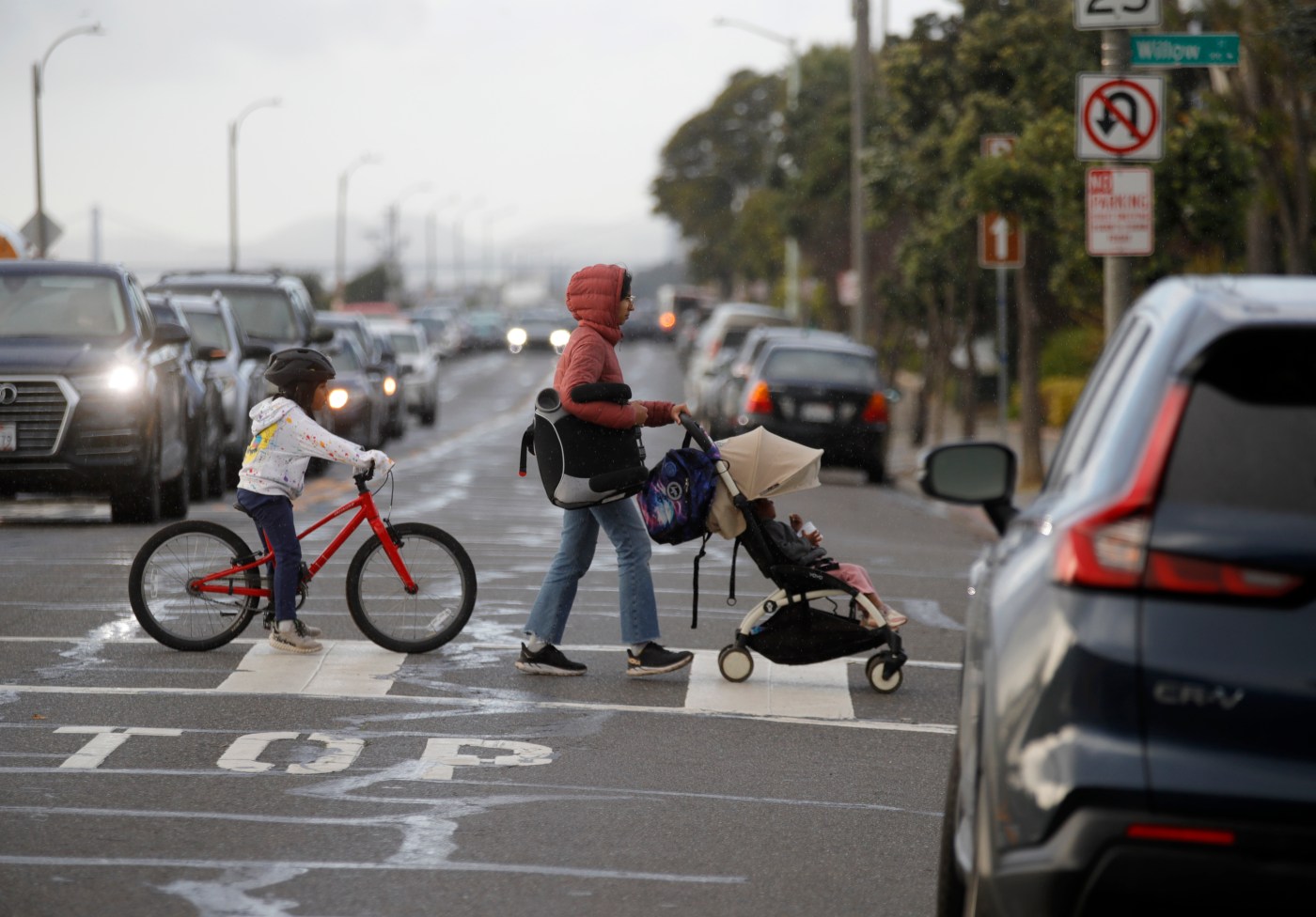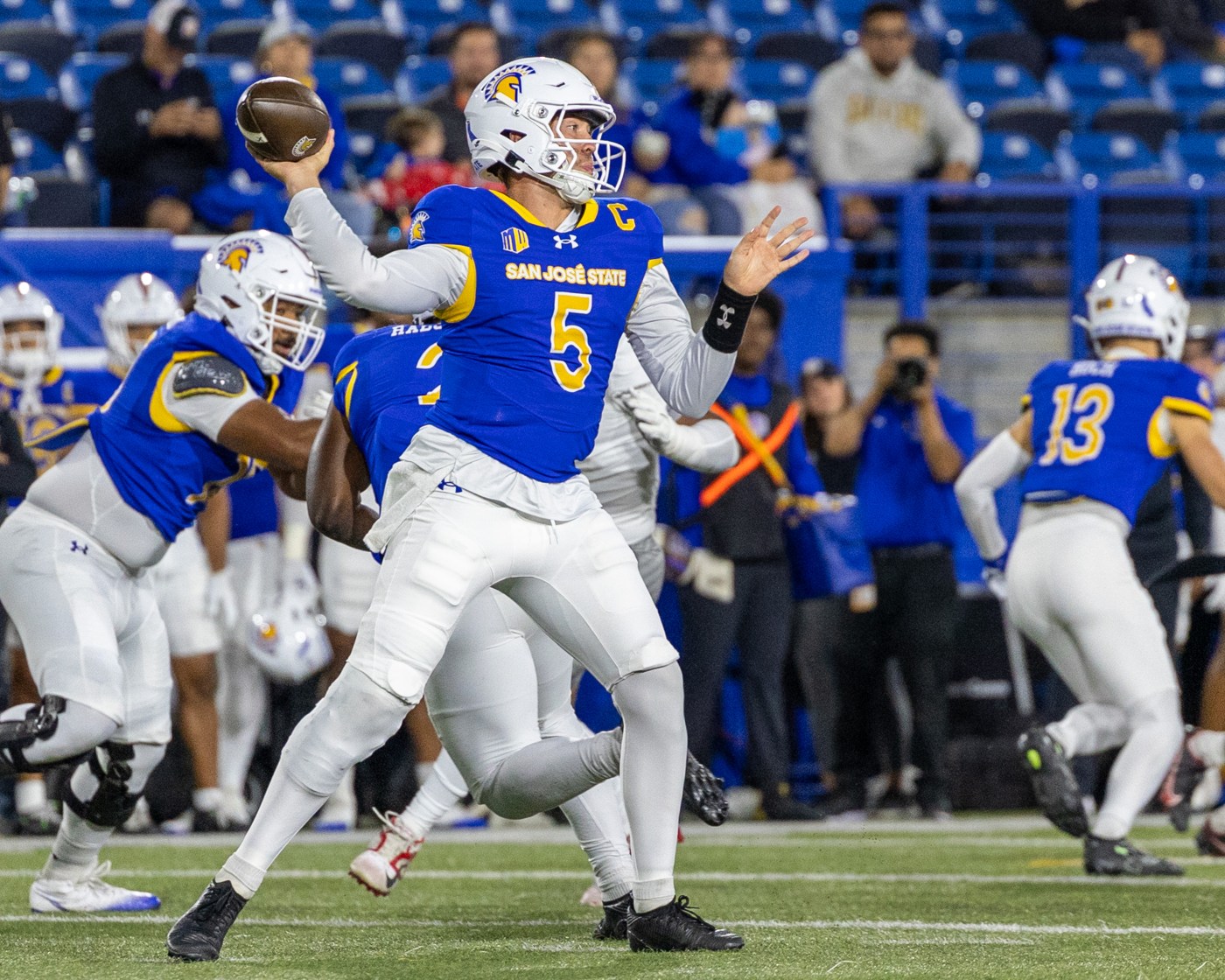A new statewide parking law has become a financial boon for San Diego, where more than 6,000 tickets were issued in three months.
Related Articles
Lanes will be closed on Richmond-San Rafael Bridge starting Friday night
VTA eyes purchase of downtown San Jose building for security office
Suspect arrested in San Jose hit-and-run collision
VTA scouts for tenants for agency’s new downtown San Jose HQ
What are California’s rules about kids on electric bikes?
The “daylighting” law prohibits parking within 20 feet of an intersection or a crosswalk, even if there are no signs to that effect or red curbs. It took effect in 2024; there was a 12-month grace period before violators could be ticketed.
San Diego began issuing tickets on March 1, and two days later raised the fine from $77.50 to $117, the San Diego Union-Tribune reported.
By the end of May, the paper said, the city had issued 6,133 daylighting citations. The city’s independent budget analyst estimated the fines could generate $850,000 for the fiscal year, and a coalition of City Council members this week issued an even higher estimate: $1.3 million.
The analyst’s more conservative estimate was based on the assumption that fewer tickets will be issued as drivers become aware of the restriction.
The law didn’t come with funding for changing curb and street markings, and San Diego isn’t alone in planning to address that gradually.
Colin Heyne of San Jose’s transportation department last year told the Mercury News: “This law is an unfunded mandate so, like other cities, we do not have plans to adjust or add red paint unless we have concerns about specific locations. … We don’t put red paint around every fire hydrant in the city, we expect drivers to know. It’s going to be the same for this.”
The law — AB 413, by Assemblyman Alex Lee (D-Milpitas) — is an attempt to improve visibility for drivers and pedestrians. It generally prohibits parking a vehicle within 20 feet of any crosswalk or within 15 feet of any crosswalk with a curb extension or bulb-out. Because even unmarked intersections are considered crosswalks, the law covers more than 60,000 locations in San Jose, Heyne said.





